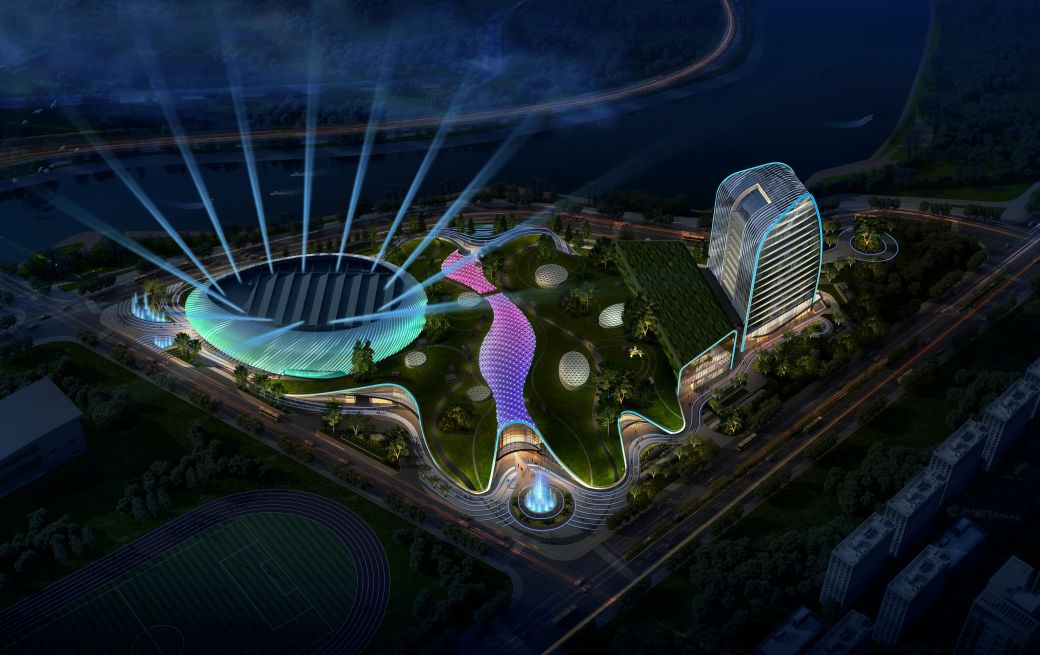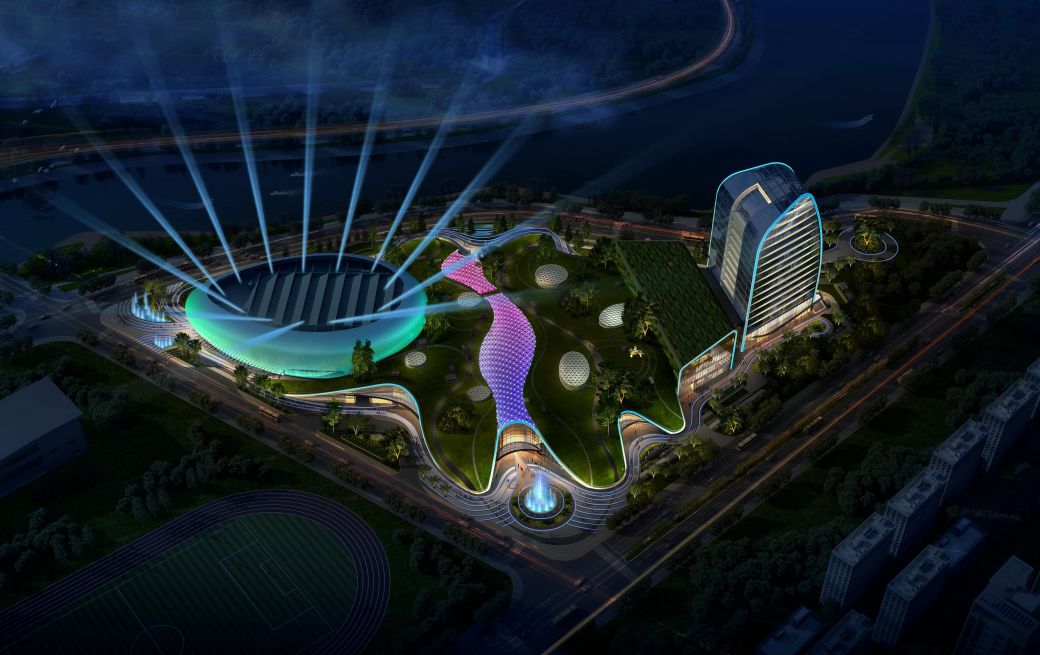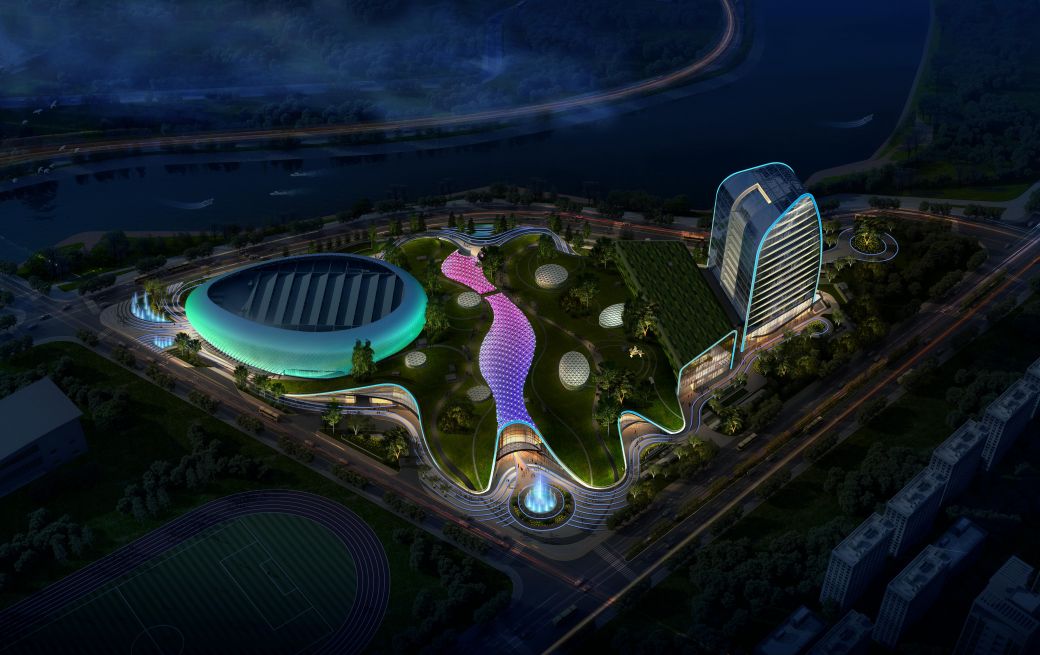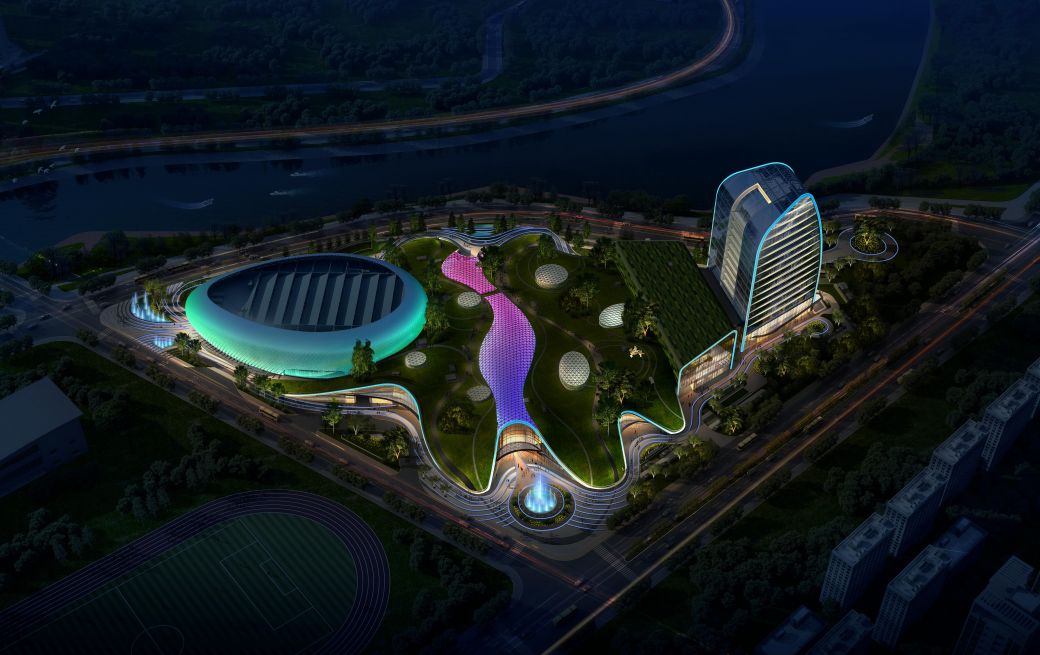项目概况:
小区景观亮化设计是一个综合性的工程,它不仅需要考虑到美观性,还要兼顾实用性、安全性和节能环保。
1. 整体规划:亮化工程应该有整体的规划和设计,确保与小区的整体风格和环境相协调。
2. 艺术性:利用灯光和阴影的效果来增强景观的艺术性和美感,同时灯具的设计应尽量隐蔽,做到“见光不见灯”。
3. 节能环保:选择LED等节能灯具,减少能源消耗,同时考虑使用太阳能等可再生能源。
4. 安全考虑:确保照明设施的安装不会造成安全风险,如避免眩光影响居民休息和交通安全。
5. 功能区分:根据不同区域的功能需求设计照明,如活动区域需要更明亮的照明,而休息区域则需要柔和的灯光。
6. 智能化控制:采用智能控制系统,可以根据时间、季节或者特定需求调整照明的亮度和颜色,提高照明的灵活性和互动性。
7. 地域文化:考虑小区所在地区的文化特色,将地域文化元素融入到亮化设计中,增加小区的特色和辨识度。
8. 人性化设计:考虑居民的日常活动和需求,设计符合居民生活习惯的照明环境,如为老人和儿童提供足够的照明。
9. 生态保护:在设计中注重生态保护,尽量减少对自然环境的破坏,如选择对植物生长影响小的照明方式。
10. 经济性:在满足照明需求的同时,考虑成本效益,选择性价比高的照明方案。
Community landscape lighting design is a comprehensive project, it not only needs to consider aesthetics, but also take into account practicality, safety and energy saving and environmental protection.
1. Overall planning: the lighting project should have an overall planning and design to ensure coordination with the overall style and environment of the community.
2. Artistry: The use of lighting and shadow effects to enhance the artistry and beauty of the landscape, while the design of lamps should be hidden as far as possible, so that "see the light without the lamp".
3. Energy saving and environmental protection: Choose energy-saving lamps such as LED to reduce energy consumption, while considering the use of renewable energy such as solar energy.
4. Safety considerations: Ensure that the installation of lighting facilities will not cause safety risks, such as avoiding glare affecting residents' rest and traffic safety.
5. Functional differentiation: Design lighting according to the functional needs of different areas, such as the activity area needs brighter lighting, while the rest area needs soft lighting.
6. Intelligent control: The intelligent control system can adjust the brightness and color of the lighting according to the time, season or specific needs to improve the flexibility and interaction of the lighting.
7. Regional culture: Consider the cultural characteristics of the area where the community is located, and integrate regional cultural elements into the lighting design to increase the characteristics and recognition of the community.
8. Humanized design: consider the daily activities and needs of residents, and design a lighting environment that meets the living habits of residents, such as providing enough lighting for the elderly and children.
9. Ecological protection: Pay attention to ecological protection in the design and minimize the damage to the natural environment, such as choosing lighting methods that have little impact on plant growth.
10. Economy: While meeting the lighting needs, consider cost effectiveness and choose cost-effective lighting schemes.




